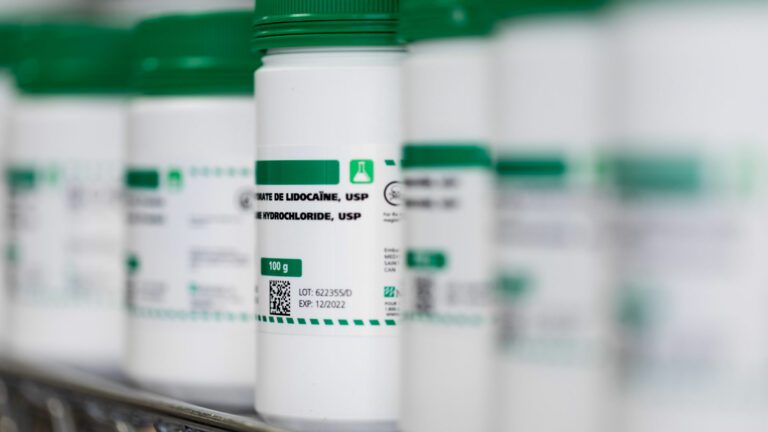
The standards referenced in the article below are out of date as of February 1, 2025. Please refer to ACP’s new standards for up-to-date information.
Person-centred care is a key principle that applies to all aspects of pharmacy practice, including the compounding of medications. As a reminder, pharmacies with a compounding and repackaging licence may compound preparations pursuant to a prescription for a patient of a community pharmacy or institutional pharmacy, or in reasonable anticipation of future prescriptions for patients of either. Compounding and repackaging licensed pharmacies must only prepare drugs in very limited quantities before receiving a valid prescription. In alignment with the provision of person-centred care, compounding is to be performed to serve individual patients.
All pharmacists and pharmacy technicians must adhere to Health Canada’s Policy on Manufacturing and Compounding Drug Products in Canada, which describes activities that are out of scope, as they are considered compounding. As outlined in Health Canada’s policy, providing compounds for resale by a third party (e.g., the community pharmacy resells the compounds to another pharmacy) is considered manufacturing, NOT compounding. Federal policy also identifies the following as manufacturing, NOT compounding:
- when healthcare professionals cannot demonstrate that a patient-healthcare professional relationship exists;
- when healthcare professionals produce products intended for distribution or sale outside the demonstrated patient-healthcare professional relationship; and
- when healthcare professionals produce products in such a quantity, time, and/or frequency to fall outside of a patient-healthcare professional relationship.
In accordance with Health Canada’s policy, batches of compounded products must only be prepared in very limited quantities in anticipation of future prescriptions. Compounding and repackaging pharmacies must be prepared to demonstrate that the quantities they compound for other pharmacies comply with the limitations of the Health Canada policy, and that the product will only be dispensed pursuant to a prescription for a patient, will not be resold otherwise, and generally are not of such quantity that they may constitute manufacturing. To establish an appropriate quantity, the community pharmacy’s historical prescription volume and the beyond-use date (BUD) of the compounded preparation may be useful considerations. Remember, assigning BUDs appropriately requires critical appraisal of available literature on the stability, compatibility, and degradation of ingredients. These considerations are useful to determine and demonstrate the preparation of appropriate quantities.
The same considerations apply when a compound is provided “for office use” in accordance with ACP’s Standards for Pharmacy Compounding of Non-Sterile Preparations. In the absence of a patient-specific prescription, compounders may only prepare a compounded product in an appropriate quantity, time, and/or frequency to ensure it is being used within a patient-healthcare professional relationship. This is meant to be infrequent and for small drug quantities only.
Even when a community pharmacy obtains a proportion of its compounds via a compounding and repackaging agreement with a compounding pharmacy, they must remember that all pharmacies are required to meet the non-sterile compounding standards and be prepared to accommodate Level A non-sterile compounding in accordance with the Guidance Document for Pharmacy Compounding of Non-Sterile Preparations. Those providing non-sterile compounding associated with higher levels of risk (Levels B and C) must meet the requirements of the type and level of compounding being provided.
Compounding pharmacies and community pharmacies placing orders for compounded products must ensure compounds are provided in an appropriate quantity, time, and frequency pursuant to a prescription. Overall, pharmacy teams must ensure compounding is completed in accordance with relevant standards and guidelines, within the context of a person-centred care model.




